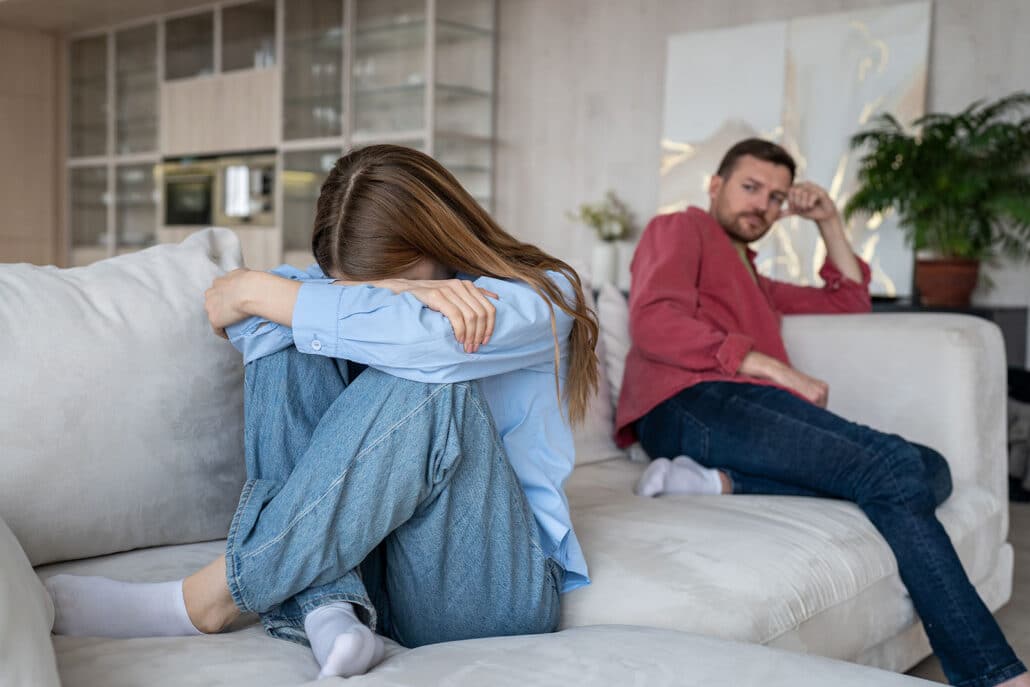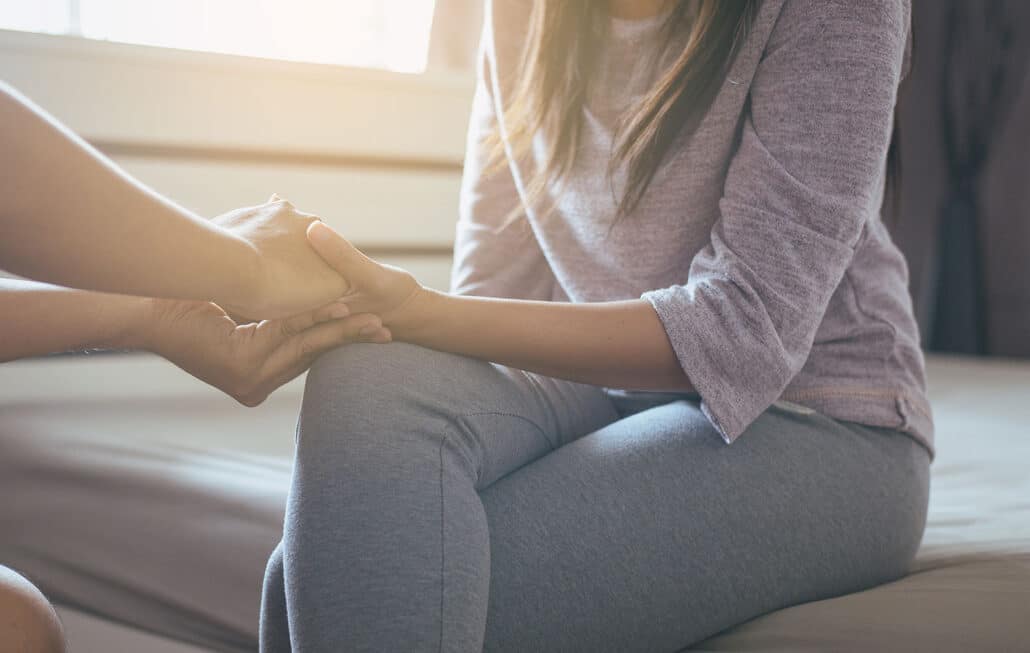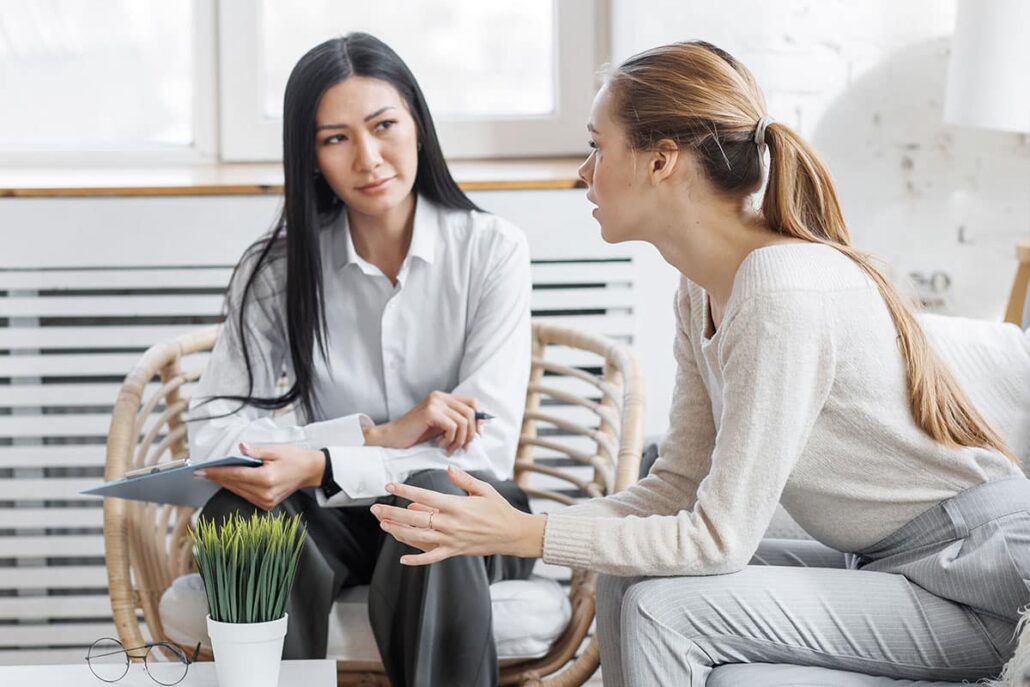Relapse is an all too common phenomenon in addiction recovery. Addiction is a chronic disease, and like most chronic diseases, relapse can sometimes be a part of the recovery.
If you or a loved one lives in or near New York, help is available. This article discusses everything you need to know about relapse prevention in New York, including the stages of relapse, common triggers, and treatment plans available throughout the state.
Table of Contents
How Often Do People In Recovery Relapse?
Relapse during and after addiction treatment is extremely prevalent. According to studies, 65 to 75% of people relapse in the first year of treatment and 40% in the second year.

Relapse is most common in the first 90 days of substance abuse treatment where cravings are most intense. It’s also most common in teenagers and young adults because they often lack the life experience and coping skills needed to effectively deal with stressors.
It’s important to note that a relapse is different from a slip-up or a lapse.
A relapse is when a person returns to their old habits after a period of sobriety. Meanwhile, a lapse occurs when a person turns to substances—perhaps accidentally or due to a brief lapse in judgment—but then immediately stops and resumes treatment following the incident.
Though common, relapse isn’t an inevitable part of recovery. Some people experience one or more relapses between achieving long-term sobriety, while others don’t experience a relapse at all thanks to a solid support system, an effective treatment program, and a healthy lifestyle.
What Causes Relapse?
There are multiple reasons why a person in recovery relapses. These reasons are called “triggers” and can be broadly categorized into two main types: internal and external triggers.
Internal Triggers
Internal triggers are thoughts, feelings, memories, or emotions that make a person want to go back to using substances.
These triggers are often negative, like stress, depression, anxiety, and feelings of loneliness and isolation.
Many people turn to substances to numb, alleviate, or escape these negative feelings, especially when they’re persistent and difficult to deal with.
Without the influence of substances, people in recovery may experience these feelings more intensely, leading to strong cravings that can result in relapse.
Positive emotions can also trigger a relapse.
Excitement about positive life events, overconfidence in one’s ability to overcome addiction, and nostalgic memories can romanticize the use of substances. They can cause someone to believe that using “just this once” won’t have negative repercussions.
The truth of the reality is that it’s extremely difficult to abstain once a person has slipped back into substance use, even momentarily. One use turns to two, and two turns to three, and before they know it they’re experiencing a full-blown relapse.
Other common internal triggers include:
- Negative thoughts and self-criticism
- Fear and anxiety
- Internalized guilt or shame in recovery
- Sleeping problems or exhaustion
- Physical discomfort like pain, fatigue, or nausea
- Boredom
Internal triggers are more difficult to deal with than external triggers.
With external triggers, a person can at least avoid people or situations associated with substance abuse. Internal triggers stay with the person day in and day out.
Without proper coping mechanisms, internal triggers can be incredibly challenging to manage.
External Triggers
External triggers are environmental or social cues that remind a person of their past substance use. This could be anything from a place where they used to drink or use drugs (bars, clubs, neighborhoods) to being around people who still use. Even smells and sounds can trigger strong cravings.
Other common external triggers include:
- Social events like parties, celebrations, or gatherings where alcohol and drug use are present
- Stressful situations like family conflicts, financial problems, and work-related programs
- Exposure to advertisements or news related to alcohol, tobacco, or drugs
- Peer pressure from friends or acquaintances
- Relationship problems or difficulties, like a breakup or divorce
- Easy access to drugs and alcohol
External triggers, while powerful, are often avoidable.
For example, a person in recovery can avoid certain places, end relationships with certain people, or not attend events where drugs or alcohol are common.
People can also avoid smells and sounds related to substance use, like throwing away a perfume they or someone used to wear while using or deleting a playlist they associate with substance use.

Three Stages of Relapse
Relapse doesn’t happen abruptly. For many people, it’s a slow process that happens in three distinct stages: emotional, mental, and physical. Understanding these stages can help you prevent a relapse long before it occurs.
Stage 1: Emotional Relapse
During this stage, a person isn’t actively thinking about using drugs or alcohol. Instead, they feel a myriad of emotions that may set them up on that path. These warning signs may include:
- Keeping emotions to oneself
- Intense and unpredictable mood swings
- Poor eating and sleeping habits
- Lack of self-care
- Isolating oneself from friends, family members, and loved ones
- Not asking for help
- Lying about how one truly feels
- Managing negative emotions like stress, anger, and loneliness in unhealthy ways (i.e., hurting oneself or others)
- Skipping appointments and support group meetings
Stage 2: Mental Relapse
When a person in recovery ignores the changes in their thinking and behavior, no matter how subtle, they risk a mental relapse.
A mental relapse occurs when a person starts having active thoughts of using in order to deal with the emotions they’re experiencing in the first stage.
They may start fantasizing about the relief alcohol or drugs bring, or start looking for ways to obtain their substance of choice. They may also meet up with old friends and visit places associated with substance use.
A person is experiencing a mental relapse when they:
- Experience strong cravings
- Actively look for relapse opportunities
- Romanticize drug or alcohol abuse
- Give themselves permission to use it in certain situations, like a holiday or celebration
- Reacquaint themselves with people who indulge in substance use
Stage 3: Physical Relapse
Physical relapse is what people refer to when they think of relapse. In this stage, a person breaks their sobriety and starts using substances again. A person in this stage of relapse may:
- Lie about their whereabouts or who they’re hanging out with
- Appear hungover or intoxicated
- Neglect their physical appearance when they haven’t before
- Disconnecting themselves from their loved ones (avoiding dinner with the family, not answering phone calls or texts, forgetting special events)
- Lack of awareness or inattention to people and things surrounding them
- Poor coordination (stumbling, bumping into things, awkwardly moving their limbs)
When a loved one starts displaying these behaviors, reach out as soon with compassion and support. Tell them you care for and love them, and only want what’s best for them.
Avoid accusatory language or judgment. A relapse doesn’t mean they’ve failed treatment; it just means that they need more support or a higher level of care to achieve long-term sobriety.
All the efforts they’ve made thus far count. The strength they’ve built and the coping strategies they’ve developed can all be valuable tools moving forward. They just need to refine these tools to stay on the right path.

Relapse Prevention Treatments In New York
New York offers comprehensive relapse prevention plans that help people in recovery stay sober and live a healthy life. Some of these treatments include:
Relapse Prevention Therapy
Relapse Prevention Therapy (RPT) is a branch of Cognitive Behavioral Therapy (CBT). It was developed by clinical psychologist Golden Marlatt in the 1980s and combines principles of CBT and Social Cognitive Theory (SCT). RPT sessions help people:
- Develop healthy ways to cope with negative emotions
- Identify and avoid high-risk situations
- Recognize relapse triggers
- Foster self-efficacy (the belief in one’s own ability to succeed)
- Build a strong support system
- Find alternate ways of thinking about positive thoughts related to substance use
Dual Diagnosis Drug Rehab
Dual diagnosis treatment addresses a person’s addiction and their mental health condition. According to research, more than 20% of people diagnosed as mentally ill have a co-occurring substance use disorder. By addressing both conditions simultaneously, individuals experience a significant improvement in their overall quality of life.
Support Groups
Alongside evidence-based treatments and therapies, New York encourages people in recovery to participate in local support groups. Some of these groups include Alcoholics Anonymous (AA) and Narcotics Anonymous (NA).
New York also has a dedicated hotline that offers confidential support 24/7 in over 200 languages. Individuals can contact the hotline to talk to a trained professional, seek advice, or get information on available treatment plans in their area.
You can reach this service by texting or calling the phone number 988. Online chat is also available via 988lifeline.org.

Final Thoughts
We hope this post encourages you to seek help when you’re struggling with relapse or the thought of relapse.
The above-mentioned treatments are only a glimpse into the support system New York offers for relapse prevention.
Many of the programs are state-funded, making treatment more accessible for those dealing with financial issues. Most treatment centers and support groups also work with major insurance providers, minimizing out-of-pocket costs.
Please contact Long Island Interventions for information about Relapse Prevention Addiction Treatment near you.

